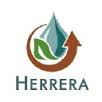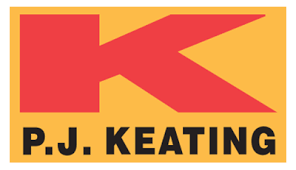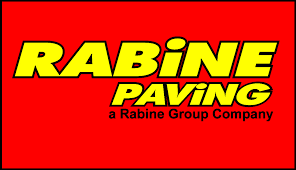News
EPA Extends Public Comment Period on Proposed Plan Related to Combined Sewer Overflow Impacts on the Newtown Creek Superfund Site in New York City
Jan 21, 2020
NEW YORK (January 21, 2020) – The U.S. Environmental Protection Agency (EPA) has extended the public comment period for its proposed plan that evaluates impacts of the current and expected future volume of combined sewer overflow (CSO) discharges to the Newtown Creek Superfund Site Study Area in New York City to February 28, 2020. EPA added Newtown Creek to its Superfund National Priorities List of the country’s highest priority hazardous waste sites in September 2010, and investigations of the entire site are ongoing.
The Newtown Creek Superfund Site Study Area is comprised of the waters and sediments of Newtown Creek in Brooklyn and Queens. Outside of the Superfund process, the City of New York is under order by the State of New York to implement a CSO Long-Term Control Plan (LTCP) for Newtown Creek. The LTCP, which was approved by the state in June 2018, includes a number of components to reduce future CSO discharges to the creek, including construction of a storage tunnel. The LTCP is ultimately anticipated by the City of New York to reduce the volume of CSO discharges to Newtown Creek by approximately 61% from current conditions. EPA evaluated the LTCP in the context of the Superfund site to determine if the volume reductions anticipated under the LTCP are sufficient to meet the needs of the future cleanup of the Superfund site. EPA has determined that the water pollution volume controls prescribed by the LTCP that the city will implement, in accordance with the Clean Water Act, are sufficient to meet the needs of an eventual Superfund cleanup for the Study Area of the Newtown Creek Superfund Site. The EPA anticipates requiring monitoring of the four largest CSOs to confirm the assumptions made in this proposed plan.
The EPA is conducting in-depth investigations of the extent of the contamination at the entire Newtown Creek Superfund Site in order to determine how best to clean it up over the long-term. This proposed plan is for one aspect of the site.
The EPA will determine in the future whether additional CSO-related control actions, either in the creek or at CSO points-of-discharge, are needed as part of the comprehensive cleanup plan for the full site. The cleanup plan will address the human and ecological risks posed by site contamination in sediment and other impacted media as well as the potential sources of contamination to the creek that could impact the effectiveness of the cleanup of the site. The additional CSO-related control actions could include the placement of sediment traps and/or oil sorbent pads at the end of CSO discharge pipes and/or in-creek maintenance dredging to address the potential accumulation of contaminated solids near the CSO discharges.
During the public comment period, which is ongoing, EPA held two public meetings in New York City to inform the public of EPA’s proposed plan for reducing the volume of CSO discharges to the creek and to receive public comments on the proposed plan and other options that were considered. The first public meeting was held on December 9 at 6:30 p.m. at Sunnyside Community Services, 43-31 39th Street in Queens and the second meeting was held on December 11 at 6:30 p.m. at P.S. 110, 124 Monitor Street in Brooklyn.
Written comments on the proposed plan, postmarked no later than close of business February 28, 2020, may be emailed to [email protected] or mailed to Mark Schmidt, U.S. EPA, 290 Broadway, 18th Floor, New York, NY 10007.
To view the EPA’s proposed plan for the site, please visit www.epa.gov/superfund/newtown-creek
Follow EPA Region 2 on Twitter at http://twitter.com/eparegion2 and visit our Facebook page, http://facebook.com/eparegion2.
20-004
Recommend for any person looking to renew their CESCL









































































































